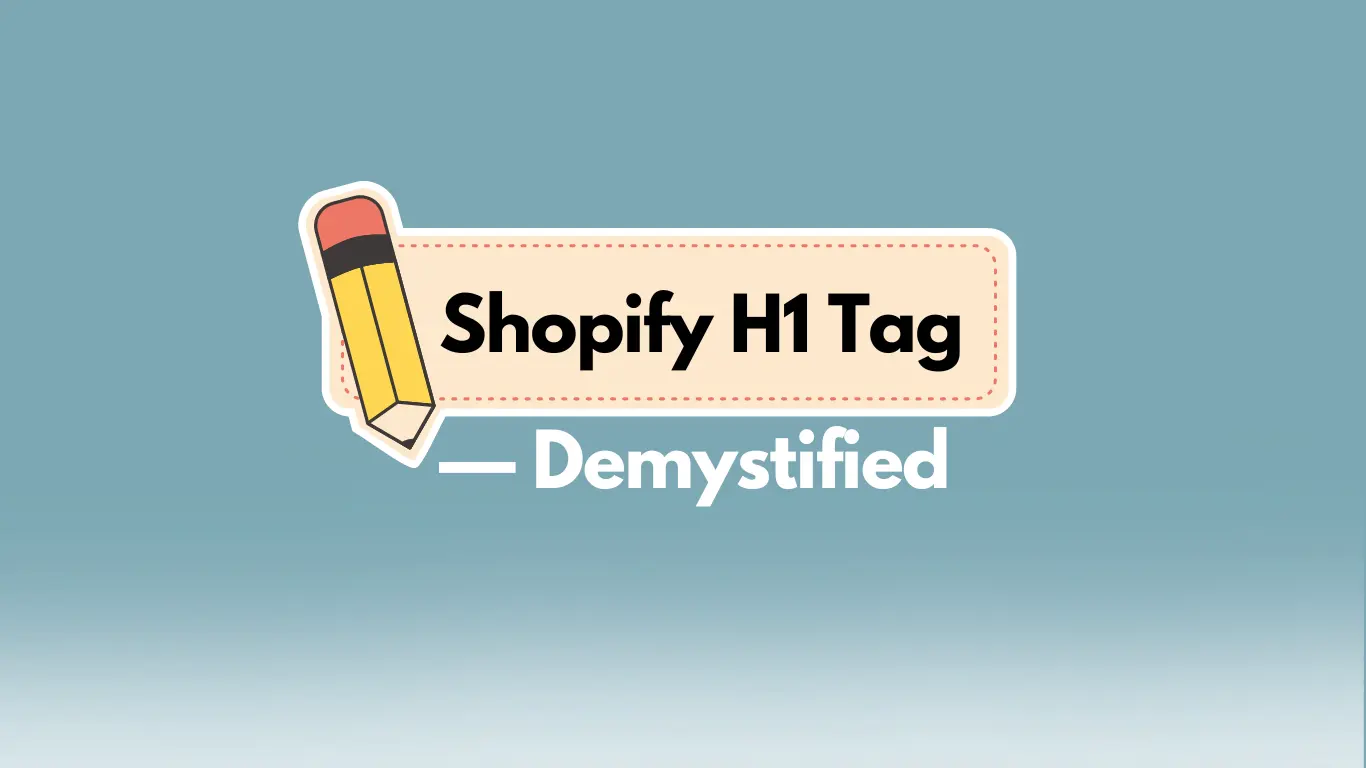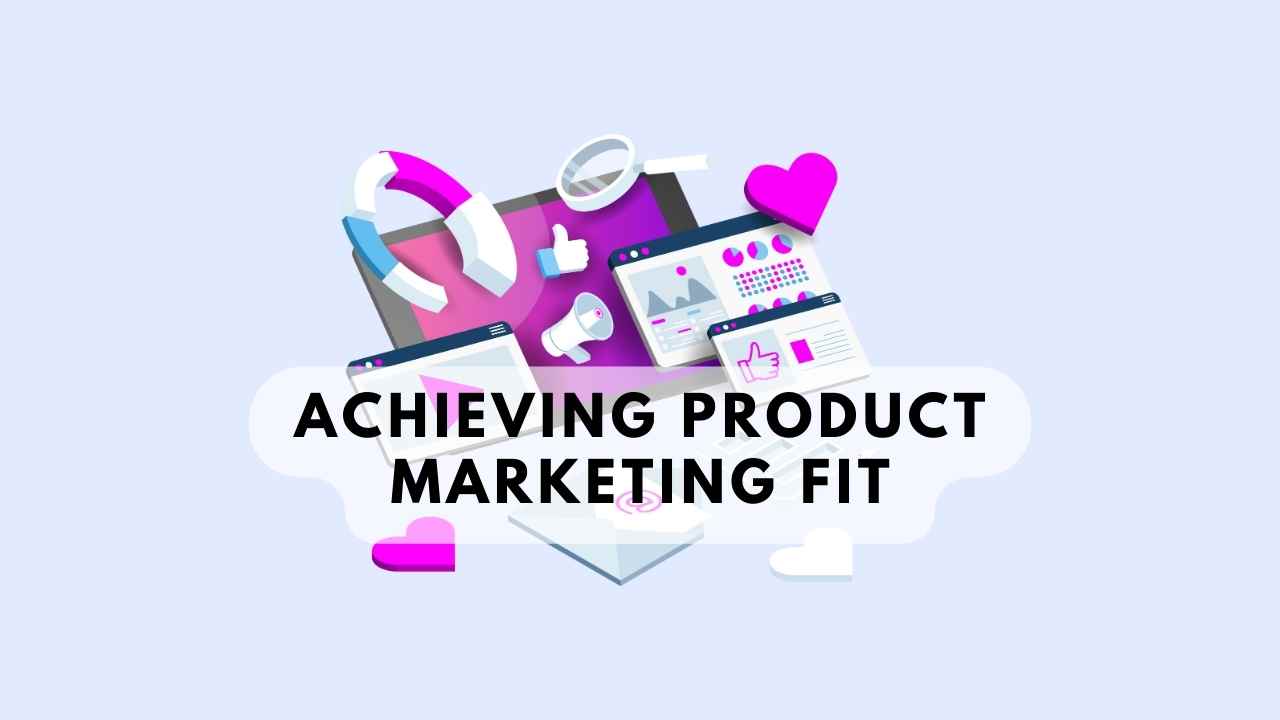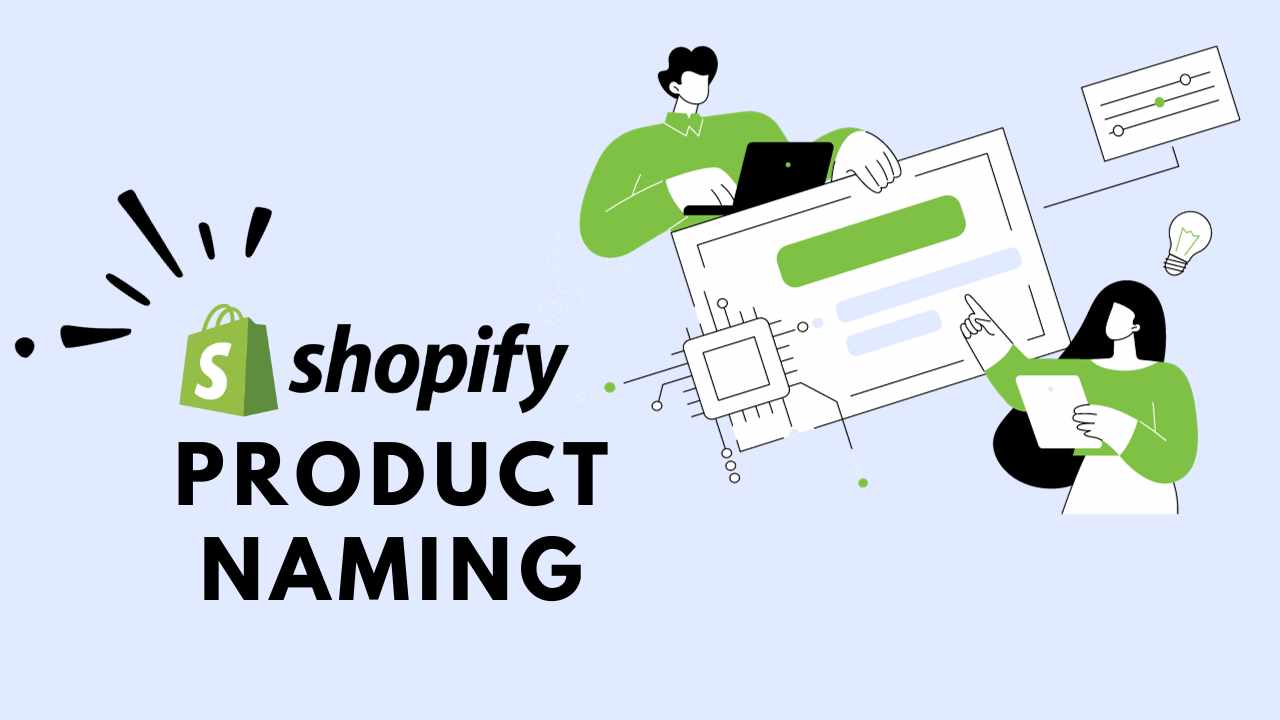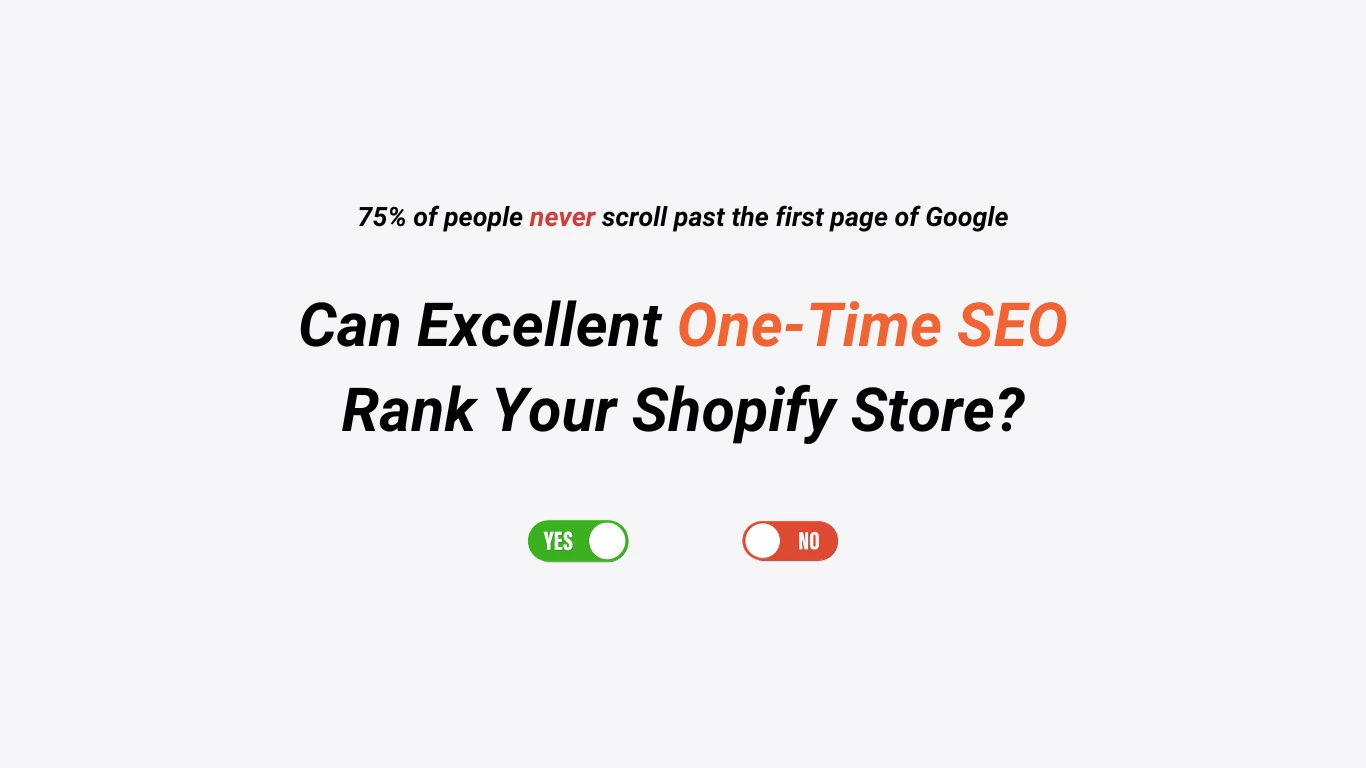If there is one element that wildly contributes to online business growth, It is your Shopify H1 Tag!
Shopify Businesses are ever-expanding, thanks to excellent Integrations and automation options. But headings, especially Shopify H1 Tags allow businesses to stand out and build their own customer base. These days, virtual stores sprout like wildflowers in the rain. Amidst all this, the importance of standing out shines brighter than ever before.
Businesses must place keywords and headings efficiently and market them to facilitate Shopify SEO.
Shopify is a leading platform enabling businesses to create and manage their stores with efficiency. But creating a Shopify store is merely the starting point. Success begins with search engine optimization (SEO).
Shopify H1 Tag— Demystified
Shopify H1 Tag is more than just metadata. crucial roles played by H1 tags and Shopify meta tags in enhancing your store’s SEO performance. In the digital landscape, search engine optimization (SEO) is not just a buzzword—it’s a strategic necessity.
Before we delve into the specifics of H1 Tags and other meta tags, let’s lay the foundation by understanding the Shopify H1 Tag first.
As a leading e-commerce platform, Shopify offers businesses many opportunities for optimizations. The metadata and tags enhance the visibility of storefronts. Being the first heading of the web pages, Shopify H1 Tags make storefronts more discoverable to potential customers.
The Almighty Shopify H1 Tag
The Shopify H1 Tag is the Heart of a Shopify Website’s SEO.
It is an essential HTML element that serves as a page’s primary title. The H1 tag carries immense weight as search engines utilize it to decipher a page’s main topic. When constructing H1 tags for your Shopify store, it’s vital to align them with keywords that relate to your products or services. Shopify SEO Experts swear by well-optimized H1 tags!
It is best to be clear with the algorithms. The Shopify H1 Tags send clear signals to the search engines about your store’s content.
This increases the likelihood of ranking higher in the Google search results.
Then Come The H2 and H3 Tags
While H1 tags act as the guiding star for search engines, H2 and H3 tags function as constellations, further guiding the way.
These subheadings divide the content into easily digestible sections. All this makes navigation simpler for both search engines and readers. Additionally, just like H1 tags, adding targeted keywords to H2 and H3 tags is a good SEO Practice. This can amplify your SEO efforts. Read our guide on the Best Shopify SEO Tactics to Boost Sales.
Shopify Meta Tags: Elevate Your SEO Game
In the intricate tapestry of Shopify H1 Tags and other meta tags serve as the delicate threads weaving everything together.
Meta tags encompass various elements, including meta titles and meta descriptions, and play a pivotal role in enticing users to click through to your store from search results. Creating compelling and keyword-rich meta tags can significantly impact click-through rates, driving more organic traffic to your Shopify store.
The Art of Shopify Tag Selection
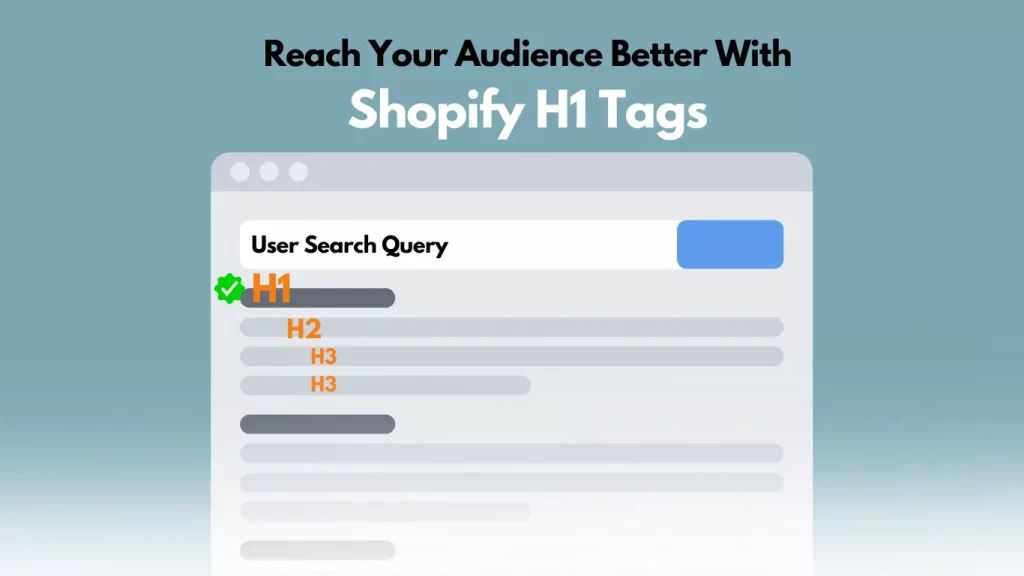
Selecting the right tags for your Shopify products is akin to curating an exquisite collection.
These tags aren’t mere labels; they act as the connective tissue between your products and potential customers. Selecting the right tags enhances the connection between:
- The User Searches
- Your Shopify Products
Well-chosen Shopify Tags bridge the gap.
Thoughtfully chosen tags can bridge the gap between user searches and your store’s offerings, resulting in enhanced visibility and improved conversion rates.
- The SEO-Friendly Shopify Blog
Shopify Blogs are your secret weapon for SEO dominance. Let’s shift gears for a moment and talk about the blogs. Suppose you run an apparel store with a collection of designer scarves. You consistently create articles like “The Best Scarf Styles of the Era” or “100 Ways to Flaunt Your Scarf in Winters.” These blog posts aren’t just words on your store; they’re your ticket to top rankings on SERPs. This brings targeted traffic to your store. So incorporate Shopify H1 Tags, H2 Tags, and H3 Tags into your blog posts.
This will help you pave a clear path for search engines to skim through their content. Thus, better page indexing is imminent. Furthermore, blogs also provide opportunities for natural link-building, a crucial aspect of SEO. You’ve got to check out our 101 Guide to Shopify Backlink Outreach.
- The Relationship between Shopify H1 Tags and Meta Tags
Although H1 tags and meta tags might seem distinct, they share a symbiotic relationship.
The keywords you target with your H1 tags reverberate through your meta titles and descriptions. All in all, this creates a harmonious resonance that reinforces your store’s relevance to both search engines and users.
- The User Experience Factor
In the grand scheme of Shopify Tags SEO, it’s vital never to lose sight of the ultimate goal: delivering an exceptional user experience. While tags, titles, and descriptions are vital for search engines, they ultimately serve as signposts for users seeking valuable content. Therefore, ensure that your content aligns with the promises made by your tags, providing a seamless and satisfying experience for visitors.
Conclusion
Now that you know all about Shopify H1 Tags, you get that Shopify SEO demands meticulous attention to detail. Keep in mind that this journey involves continuous optimization and refinement. It’s an iterative process. In a nutshell, the power of Shopify H1 Tags and Shopify Meta Tags in SEO can’t be overstated. Navigate the intricacies of Shopify Tags SEO further.
These seemingly minor elements hold immense sway over your store’s visibility, organic traffic, and ultimately, its success. Keyword-rich headings, subheadings, and meta tags help you create a robust framework that resonates with both search engines and your target audience.
Shopify SEO Experts leave no stone unturned when it comes to upping your store SEO game.
FAQs
What is a Shopify H1 Tag, and why is it important for Shopify SEO?
The Shopify H1 Tag is an HTML element that serves as a page’s primary title. These tags are crucial for SEO because they help search engines understand a page’s main topic. And you know how important it is to rank higher in relevant searches.
How do H2 and H3 Tags contribute to Shopify SEO?
The H2 and H3 tags act as subheadings that break down content. By incorporating the relevant keywords along with H2 and H3, you improve the organization of your content. This helps both search engines and readers to find your content.
What role do meta tags play in Shopify Tags SEO?
Meta tags include meta titles and descriptions. So meta tags also play a major role in Shopify SEO. They entice users to click through to your store from search results. Crafting appealing and keyword-rich meta tags can boost click-through rates and organic traffic.
Read our next guide on how to build a Shopify SKU System

